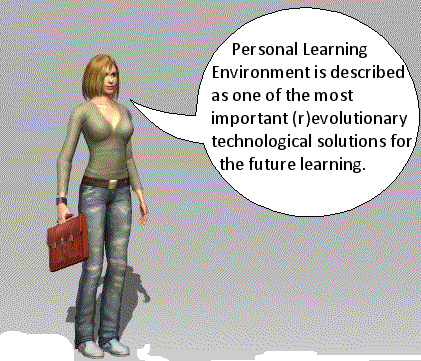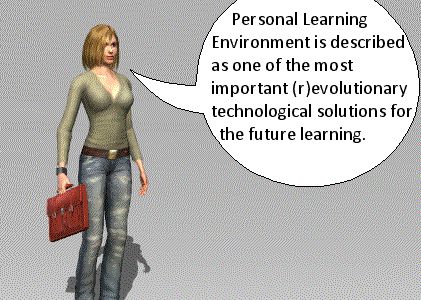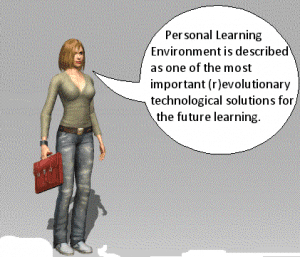Four pedagogical methods with technological support
The progressing knowledge society’s demands a new educational map. In this spirit the technology development has become a springboard to improved and refined pedagogical methods. The basic perspective is dislocated from system responsibility to individual responsibility for learning where the form is not essential but the aim.
The focus changes from education to learning where educational organisations develop from a course distributor to a competence development partner. This demands more active and flexible pedagogical methods where the student is more active, more creative and is learning via practical exercises. But how can this be put in practice? Below four basic pedagogical models will be described, which can and often should be combined.
Interactive web library
Personal Learning Environment (PLE) that in the Horizon Report 2010 is described as one of the most important (r)evolutionary technological solutions for the future learning. PLE can be seen as an interactive web library with eLearning modules, sociala media tools and other learning resources like for instance uploading of media files. This is platform where the students choose which resources that she wants to use from her abilities, requirements and interests. At the same time as it could work as a personal CV or e-portfolio since it shows what the student actually has done in the modules. This means e.g. results in the eLearning modules, project work, reports and comments in social media etc. PLE also work as well-functioning starting-point for the three following pedagogical methods.
Self studies
In this case self-studies mean a more structured course-like form of learning than the pedagogic method that is termed interactive web-library above. The student plans in co-operation with the course-administrator or teacher personal learning paths that should work to fulfil knowledge- and competence goals. Via result management modules the course-administrator can follow the students progress in real-time as well as summarise the activities and results after the “course” has been finished. The driving force for self-studies is in this case eLearning modules that also can be termed digital teaching aids, where insightful feedback on students answer and other activities is an important part oft the learning-process. In a more advanced hightech form this means gaming and other forms of simulations.
The next part of this article-series will include the last two pedagogical methods, traditional teaching with new prerequisites and collaborative learning. Part 3 will end with general conclusions of what will be the result of this pedagogical development.
Written by LarsGoran Bostrom©
Opens in a new tab




